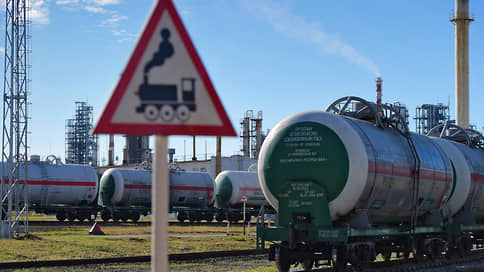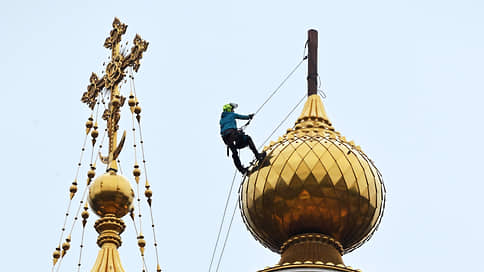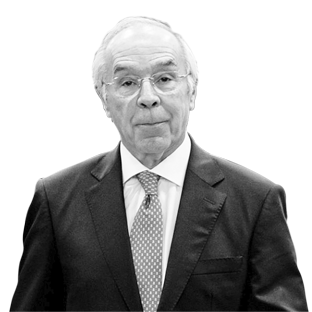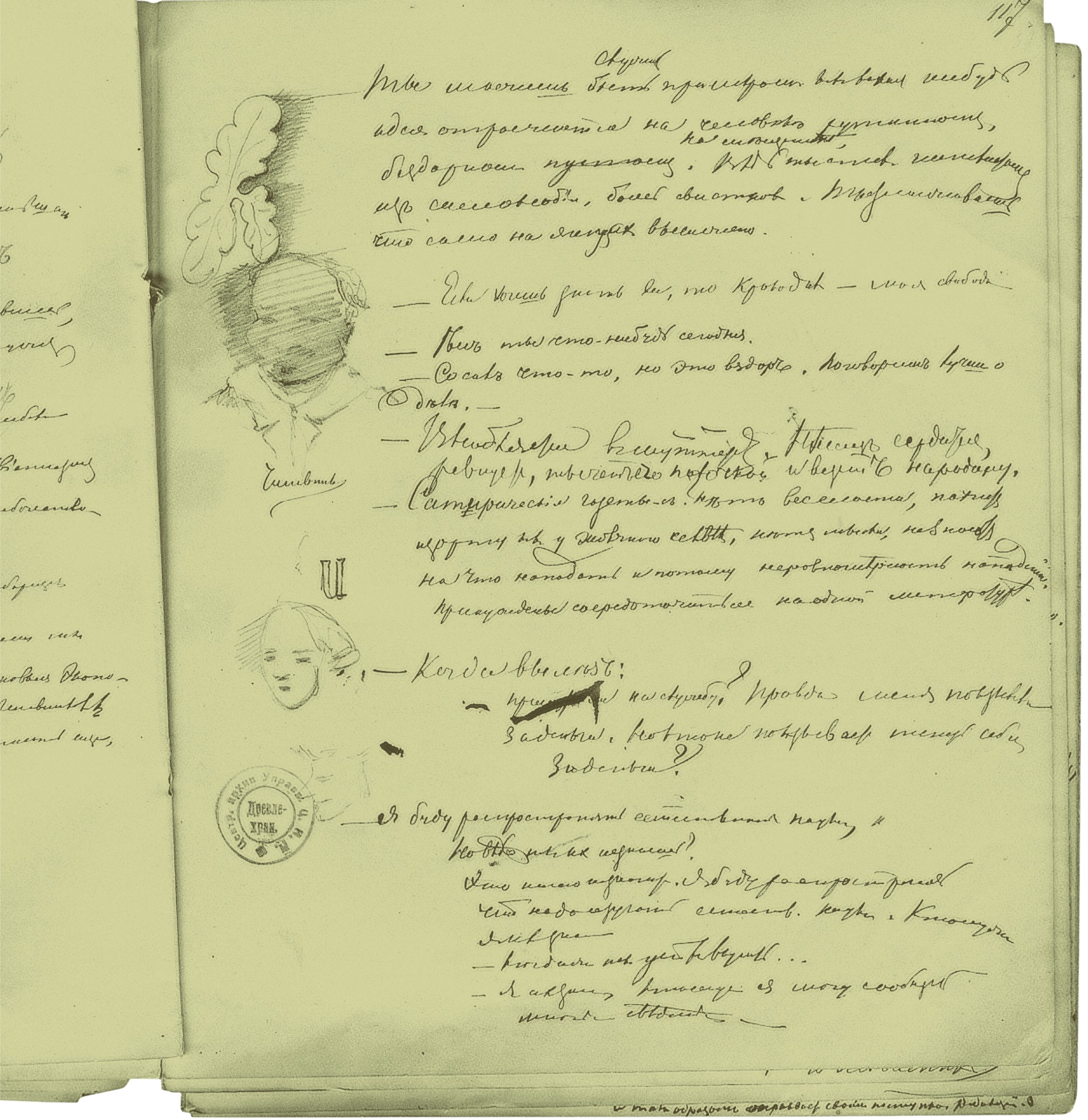Russia predicts a decrease in scrap consumption by 20% in 2025
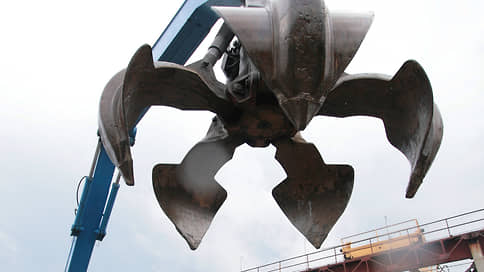
In 2025, scrap consumption in Russia can be reduced to 16-17 million tons, market participants expect. The reason is more than predicted, a decrease in scrap demand from the metallurgists, which will probably continue to reduce the smelting of steel. Scrap exports are restrained by restrictions and risks of raw materials surplus in the world market.
The consumption of scrap in the Russian Federation in 2025 can be reduced by more than 20% of the year and amount to about 16-17 million tons, the translome general, Sergei Astakhov, told Kommersant on the sidelines of the forum “Lom of ferrous and non -ferrous metals”. The numbers are named against the backdrop of the fears of the breeders that steelmers will reconsider the forecasts for the production of metal towards deterioration due to tightening competition in foreign markets after the introduction of US duties.
Lomin of ferrous metals is used in electrostal -foil production, which accounts for about a third of steel production in the country. In 2024, 23 million tons of electrostal were produced in the Russian Federation. According to the World Association of Steel (WSA), the total smelting of steel in the Russian Federation in 2024 amounted to 70.7 million tons.
Dmitry Orekhov, Managing Director of the NCR rating agency, predicts by 2025 a decrease in ferrous scrap consumption in the Russian Federation to 13-15 million tons.
According to the estimates of the NEFT Research Partner, Sergei Frolov, in 2025, 54 million tons of black scrap are expected to be formed in the Russian market, but only 12.8 million tons – 24% of the potential, will amount to the collection volumes.
Rusmet rating agency gives a more positive forecast. Depending on the implementation of the negative or positive script, Rusmet evaluates the volume of consumption of ferrous metal scrap in 2025 in 27–33.7 million tons. The forecast of the agency at the same time allows the growth of steel production in the country up to 85.5 million tons in the event of a positive scenario. But, according to WSA, more than 80 million tons of steel per year in Russia have not been produced since 1992.
The participants of the metallurgical industry surveyed by Kommersant are rather skeptical. According to the Kommersant source, the situation in metallurgy is not easy and the consequences of this are also felt by the manufacturers of electrostal. Positive dynamics of the market, including black scrap, can only give mitigation of monetary policy, he is sure. MMK, which first of the large metallurgists revealed the operating results for the first quarter of 2025, reduced the production of steel at enterprises in the Russian Federation by 9% of the year, to 2.57 million tons. The dynamics is mainly associated with a slowdown in business activity against the background of high interest rates, the company explained. The Director General of Severstal, Alexander Shevelev, in an interview with the Harmful Investor project in March, said that the economy of the Electrometallurgists business is under pressure, taking into account the drop in metal distribution prices.
According to Rusmeta on April 6, the export price for scrap, excluding the railway tariff, was 19 thousand rubles. per ton. In 2023–2024, the cost of a ton of scrap reached almost 30 thousand rubles.
Prices for a hot -rolled steel roll falls since the beginning of December last year. At the beginning of April, a ton of such a rental cost about 41 thousand rubles. Prices for cold -rolled rental have been reduced since December last year and are at 49.2 thousand rubles. per ton.
According to Dmitry Orekhov, the pressure on the demand for scrap is primarily extending sanctions against Russian metallurgists, the high cost of borrowed capital, lack of labor, narrowing of the volume of metal distribution production, the use of alternative raw materials (cast iron and hot -assembled iron), as well as export restrictions. “Strong negative pressure on the scraps of scrap, which make many enterprises of the industries unprofitable,” he notes, ”he notes. Sergei Frolov adds that the position of the market participants is complicated by the high wear of the intelligence infrastructure.
For export of ferrous metal scrap from the Russian Federation, a quota of 1.5 million tons is valid for the EAEU this year. The export of scrap and waste of ferrous metals within the framework of the quota is taxed 5%, but not less than € 15 per ton, in excess of quota – 5% and not less than € 290 per ton. Sergei Astakhov notes that an excess of scrap metal as a whole will soon be a global problem against the background of risks of reducing steel production in China and slowing the world economies as a whole. Moreover, preparing for the tightening of trade policy, many countries stored raw materials. So, according to the results of 2024, American metallurgists increased scrap purchases by 16%, follows from the S&P Global materials (See “Kommersant” from February 17).


